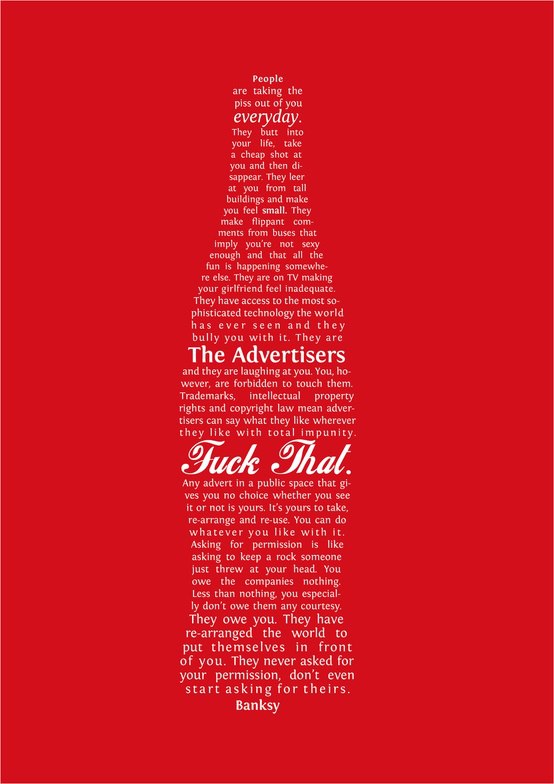Category Archives: Advertising
How Your Choice Isn’t Recognized as Such
“The user’s actions are irrelevant until they choose a browser capable of communicating correctly or make use of some means other than DNT.”
Advertising Eats Batteries
“Up to 75 per cent of the energy used by free versions of Android apps is spent serving up ads or tracking and uploading user data” – Jacob Aron, NewSeientist
Qualified
There’s a very simple reason newspapers and periodicals have such a low cover price (usually a few dollars, always less than $5) and are still chock to the gills with advertising. To charge the advertisers more. The logic goes like this…. The more a reader pays – the more the actually care about what’s being …
Impression
I had a really fun lunch today at the Bewiched Deli (I highly recommend the roast beef w/ horseradish sandwich). As we were sharing some of the projects ideas we’re working on he stops the conversation suddenly and commands: “Stay away from advertising. If I have to beat it into you – I will. Stay. …
Goodhardt’s Law: Web Advertising Edition
When a user visits one of these …. sites, the Web page launches dozens of pages that are hidden from the computer user. These hidden sites are filled with paid links to legitimate websites. Unbeknownst to the user, software built into the …. sites forces the user’s computer to click on these links, sometimes hundreds …
Every Proper Noun is Free Marketing
This is simply sandbox to flush out this idea. I promise more incoherent ramblings and typos than usual. Scrabble now allows proper nouns in some game play. Seems like a great opportunity for Mattel to sell double word scores to the highest bidder. If every proper noun is marketing, who are you marketing right now? …
DroidDoes is the Anti-1984 Ad
25 years ago, Apple announced their new, friendlier, easier-to-use personal computer with the iconic 1984 ad where a heroine throws a hammer – taking down a non-descript technical figure. Tonight, I watched Verizon’s new DroidDoes.com ad. Verizon is declaring Apple’s iPhone is too friendly, too simplified, too limiting – what you need is a non-descript …
RealTimeAds Out of Beta, Taking Paying Customers
“After a successful beta test this summer, Real-Time Ads is now accepting paying customers, and we have eight so far.” – Joel Kramer, MinnPost In case you were wondering what I’ve been doing this summer 🙂
RealTimeAds.com Launches at MinnPost.com
I’m pleased to announce the launch of RealTimeAds.com – a advertising product now in beta testing at MinnPost.com Karl and I have been building and testing the system for a couple of months now and I’m quite happy with it on three of fronts; It feels like it makes advertising approachable to people and organizations …
